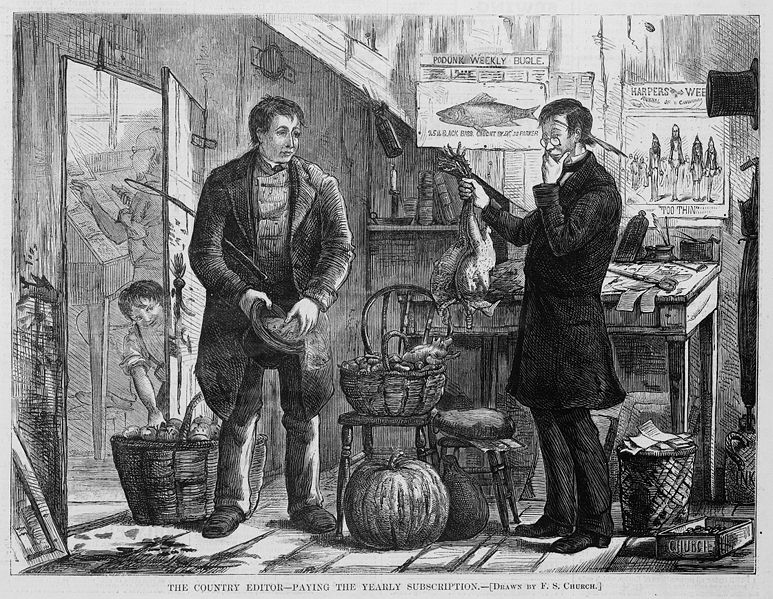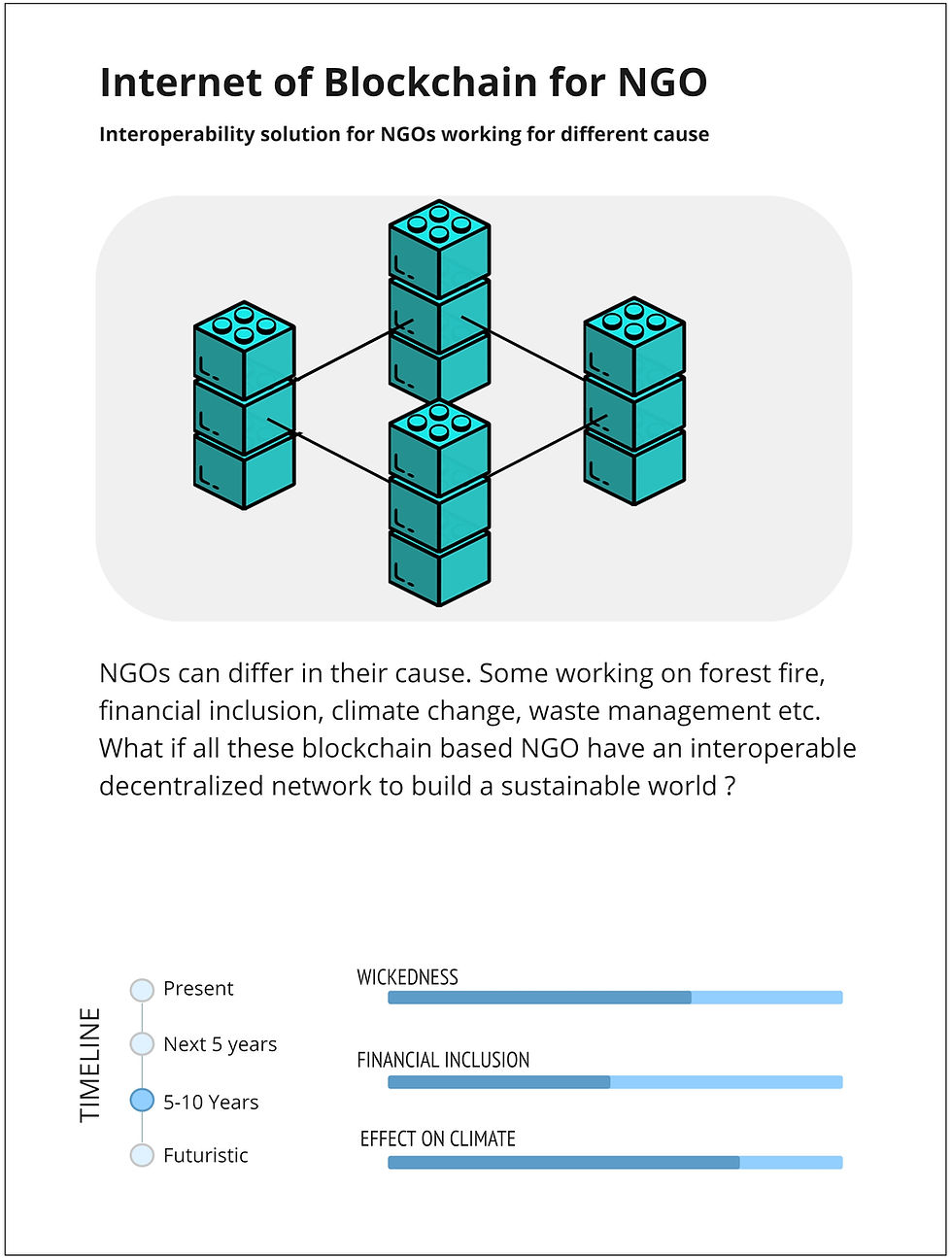Where did all the money go?
- Jul 29, 2021
- 6 min read
Do you know what money is? Is it really good for the economy? Where is all the money coming from? These were a few questions majority of the population does not have an answer for. Let's now see how money works.
What is money?
We all know what money is, but how might we define it? The generally accepted academic definition of money usually says that money needs to fulfil three functions: A medium of exchange, a store of value, and a unit of account. But what does this really mean?
Medium of exchange means it is a payment mechanism—you can use it to pay someone for something, or to extinguish a debt or financial obligation.
A store of value is an asset, commodity, or currency that maintains its value without depreciating.[1]
Unit of account means it is something that you can use to compare the value of two items, or to count up the total value of your assets. If you record the value of all of your possessions, you need some units to price them in, to get a total. Usually, that is your home currency (INR or USD or whatever), but you could in theory use any unit.
Forms of Money
•Barter (let’s exchange valuable things)
•Commodity money (the money is the valuable thing)
•Representative money (the money is a claim on the valuable thing)
•Fiat currency (the money is completely de-linked from any valuable thing)
Barter

It is common knowledge that before money existed transactions were carried by exchanging goods when both parties agreed on the deal. ‘Sir, your five ugly old sheep for my twenty bushels of fine corn’. But barter is difficult. It is very rare that you want something the other person has, and at the same time, they want something you have, and that you’re both prepared and able to make a trade.
Commodity Money
With commodity money, the physical token that is transacted is itself valuable, for example, grain, which has intrinsic value, or precious metals, which have extrinsic value.
Good forms of commodity money have a stable and known value and are relatively easy to keep and exchange, or ‘spend’. They also need to be consistent, and a standardised unit makes things easier. Examples are standardised quantities of grain or cattle, which have intrinsic value by being edible, and precious metals or shells, which have extrinsic value by being both scarce and beautiful.
Representative Money
Representative money is a form of money whose value is derived by being a claim on some underlying item, for example, a receipt from a goldsmith for some gold they are safekeeping. The receipt may be passed to another party to transfer that value. You could say that the value of the token is backed by the value of the underlying asset. Warehouse accounts or receipts (or ‘tokens’) are backed by the value of the goods contained in the warehouse and are good examples of representative money.
Fiat Currency
Commodity money was gradually replaced by representative money which in turn has now almost entirely been replaced by ‘fiat money. All major recognisable sovereign currencies now are fiat. Fiat (pronounced fee-at, Latin for ‘let it be done) is money because legislation says so, rather than because it has a fundamental or intrinsic value. Fiat money neither has intrinsic value nor is it convertible. Statements on banknotes often say something along the lines of ‘I promise to pay the bearer on demand the sum of …’ but you won’t get very far if you go to the issuer of the fiat currency—usually the central bank—and say, ‘Hey, give me some of the underlying assets back for this’. At best you will get a new banknote.
Is Today’s Money Good Money?
It is debatable how well the forms of money we generally regard as ‘good money stack up against these properties. The US dollar is arguably the most prominent form of money we have today and can be considered the best, at least for the time being. But how good is it? The dollar is generally acceptable for payment, certainly in the USA, and even in other countries, so it is an excellent medium of exchange in those contexts (but less so in Singapore). And it is an excellent unit of account because many assets are priced in dollars, including global commodities such as crude oil and gold.
But how has it fared as a store of value? According to the St Louis Fed, the purchasing power of the USD from a consumer’s perspective has fallen by over 96% since the Federal Reserve System was created in 1913.
Source: St Louis Fed (4 U.S. Bureau of Labor Statistics, Consumer Price Index for All Urban Consumers: Purchasing Power of the Consumer Dollar, 2018, FRED, Federal Reserve Bank of St. Louis, https://fred.stlouisfed.org/series/CUUR0000SA0R)
In fact, the dollar, as with almost all government currencies, consistently loses value by design, driven by policy. We can predict, more or less, that the USD will lose its purchasing power by a few percentage points each year. This is known as price inflation (as opposed to currency inflation which is an increase in the number of dollars in circulation).
So perhaps ‘store of value’ is not a good medium or long term function of money, and perhaps the economists and textbooks don’t have it quite right. We certainly need all three ‘functions of money,’ but perhaps not in the same instrument. Perhaps money fulfils one need (immediate settlement of obligations), whereas the longer-term store of value needs can be better achieved through other assets.
How do cryptocurrencies fare against the standard definitions of money?
Bitcoin as a Medium of Exchange
It is the very first digital asset of value that can be transferred over the internet without any specific third party having to approve the transaction or being able to deny it. It is also an asset that is transferred from one owner to another rather than moving via a series of third-party debits and credits, for example, through one or more banks. In this respect, it is genuinely novel.
Bitcoin as a Store of Value
Bitcoin as a speculative investment has performed amazingly well. Anything that starts at a price of zero, and is not currently at a price of zero, is great. Bitcoin started at zero value in 2009 and now, less than ten years later, each Bitcoin is worth thousands of dollars. So it has certainly appreciated in value since its creation. But would you buy it now? Would you move all your savings into this asset in order to store value (as opposed to gamble and hope for a quick price appreciation)? Well, due to its price volatility, which is very high compared to most fiat currencies, the answer is probably no if you are looking for a stable store of value.
Bitcoin has certainly been a good investment, but its volatility makes it a nauseating store of value.
Bitcoin as a Unit of Account
As a unit of account, Bitcoin fails miserably, due to its price volatility against USD and everything else in the world. The fact that there are almost no merchants who are willing to price items in bitcoins (not even merchants who sell cryptocurrency-related paraphernalia) is evidence that bitcoins are not a good unit of account.
You wouldn’t keep your accounts in BTC. You wouldn’t record the price of your laptop in BTC. You certainly wouldn’t do your year-end bookkeeping in BTC12, and if you tried to file mandatory accounts in BTC you would fall foul of accounting standards in all jurisdictions. If you were a masochist, you could prepare an inventory and denominate everything in BTC, but first, you’d figure out the price of things in USD (say, my laptop is worth about $200), then you’d convert that number to a Bitcoin number at a ‘what is the price of Bitcoin in dollars at this very second?’ ratio.
What is Cryptocurrency?
Cryptocurrencies are digital assets (‘coins’) whose ownership is recorded on an electronic ledger that is updated (almost) simultaneously on thousands of independently operated computers around the world that connect and gossip with each other. This ledger is called Blockchain. Transactions that record the transfer of ownership of those coins are created and validated according to a protocol—a list of rules that define how things work and which therefore govern updates to the ledger. The protocol is implemented by software—an app—that participants run on their computers. The machines running the apps are called ‘nodes’ of the network. Each node independently validates all pending transactions wherever they arise and updates its own record of the ledger with validated blocks of confirmed transactions. Specialist nodes, called miners, bundle together valid transactions into blocks and distribute those blocks to nodes across the network.
Anyone can buy these coins, own them, and send them to other people. Every cryptocurrency transaction is recorded and shared publicly in plain text on Blockchain. Blockchain is a technology that is not just about coins or currencies. It is much more. Let’s see what blockchain technology is.
Reference: The Basics of Bitcoins and Blockchains: An Introduction to Cryptocurrencies and the Technology that Powers Them by Antony Lewis










Comments